Saffron: the world’s most expensive spice (Part 2)
by Jemma
This two-part blog post has looked at Crocus sativus, also known as saffron. Part 1 focused on the plant’s history in Europe (https://herbologymanchester.wordpress.com/2015/04/27/saffron-the-worlds-most-expensive-spice-part-1/). Part 2 will now focus on its genetics, harvest and uses.
Appearance
Saffron is a species of autumn-flowering plant that can grow up to 20-30 cm and produces around 4 flowers. These light- to dark-purple flowers each possess 3 bright crimson stigmas from which the spice saffron is obtained.
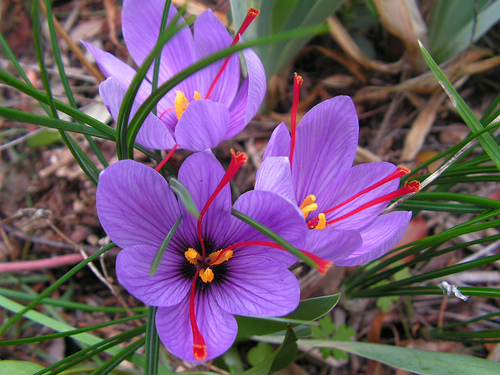
Image taken from http://www.herbalencounter.com/2010/12/07/medicinal-spices-saffron-crocus-sativus/
Genetics
Crocus sativus is a monomorphic clone, which means that almost every saffron plant is identical both physically and genetically. It is unknown in the wild and probably descends from Crocus cartwrightianus (also known as ‘wild saffron’), though Crocus thomasii and Crocus pallasii have also been suggested as saffron precursors. The species sativus probably arose through extensive selective breeding by growers after longer stigmas during Bronze Age Crete.
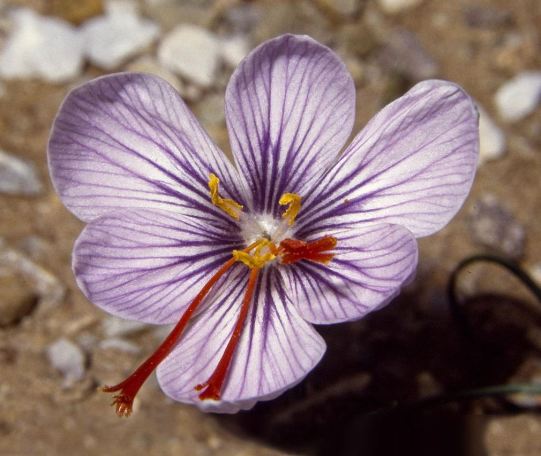
Image taken from: http://commons.wikimedia.org/wiki/Category:Crocus_cartwrightianus
The saffron crocus is a triploid (possess 3 sets of each chromosome) that is male sterile and incapable of reproduction. Thus, the majority of propagation of Crocus sativus takes place by asexual reproduction.
Harvest
As mentioned previously, the plants crimson stigmas are the source of the popular spice. Due to the few produced per plant and the difficulty involved in manually extracting the minute stigmas, the saffron spice is the world’s most expensive spice by weight. Large quantities of flowers are required in order for marketable amount of saffron to be produced. Approximately 75,000 flowers, which give around 225,000 stigmas, are required to obtain a single pound (0.5 kg) of the spice. Each of these stigmas must be collected by hand and then immediately dried to prevent decomposition or mould from damaging them.
Medicinal uses
For as long as it has been cultivated by Homo sapiens, the saffron crocus has been used extensively for medicinal purposes. Even the paintwork by the Minoans hinted at the possibility of its use as a drug. Ancient Egyptian healers used Crocus sativus to treat a wide range of gastrointestinal problems; from stomach ache to internal bleeding. They also viewed it as an aphrodisiac, poison antidote and cure for measles. Alexander the Great was noted for having baths with saffron to help heal wounds after a battle. With its medieval revival, the medicinal uses of the crocus increased further. It was used to treat everything from coughs to smallpox, insomnia to heart diseases, and from stomach ache to gout. Saffron was even believed to be able to cure the Black Death.
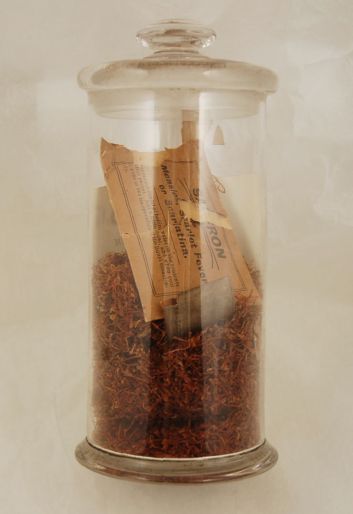
Today, saffron is still used frequently in both alternative and modern medicine. Crocus sativus is included in the hematoxylin-phloxine-saffron (HPS) stain and Movat’s pentachrome stain, both of which are tissue stains used to make structures more visible under a microscope. This is because saffron stains collagen (most abundant protein and the main structural protein) yellow.
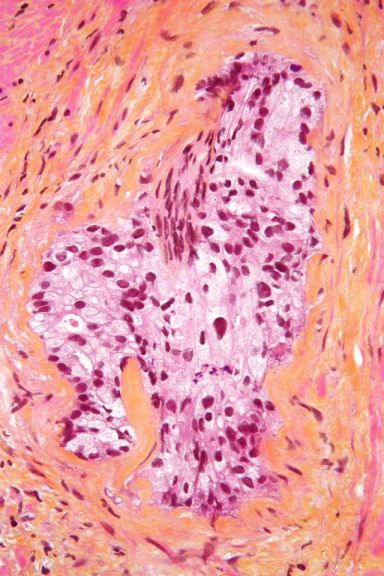
Use as a dye
For millennia saffron has been used to colour textiles and other items. It was traditionally reserved for nobles, political elites and important religious figures to emphasise their social standing. Even in small amounts, the sativus stamens produced a bright yellow-orange dye but with increasing amounts of saffron used, a richer shade of red was achieved. This led to these richer shades indicating those who were of particular importance. However, saffron is an unstable colouring agent over long periods of time, resulting in the vibrant colours to fade quickly. Over time there have been numerous attempts to replace saffron with a cheaper dye. Crocin, the main chemical in saffron that imparts the colour, has been discovered in other plants and is now extracted cheaper and easier from species in the Gardenia genus.
Culinary uses
Another use for saffron that dates back thousands of years is for cooking. A popular addition worldwide, saffron imparts a bright yellow-orange hue onto dishes and is included in everything from curies and soups to cheeses and baked goods. It is also sometimes added to liquors for flavour and colour. However, due to its high price, saffron is often substituted or combined with other spices in order to reduce the cost. Safflower (Carthamus tinctorius) and turmeric (Curcuma longa) are the most common replacements as they mimic the colour imparted by saffron. Though they can produce a similar colour to the pricey Crocus sativus spice neither safflower nor turmeric can replicate its distinctive taste (which is mainly due to the compound picrocrocin).
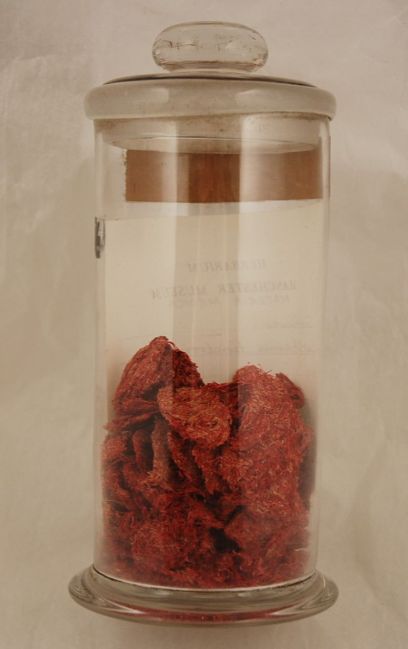
Other uses
In addition to the uses mentioned already, saffron was also a popular ingredient in perfumes in ancient Greece and Rome. They also included Crocus sativus in cosmetics, wine and potpourri. It was even considered a worthy offering for the gods. Queen Cleopatra of Egypt added saffron to her bathwater as she considered it an aphrodisiac.
April 27, 2015 at 2:50 pm
[…] also known as saffron. Part 1 is going to focus on the plant’s history in Europe and part 2 (https://herbologymanchester.wordpress.com/2015/04/27/saffron-the-worlds-most-expensive-spice-part-2/) will focus on its genetics, harvest and […]